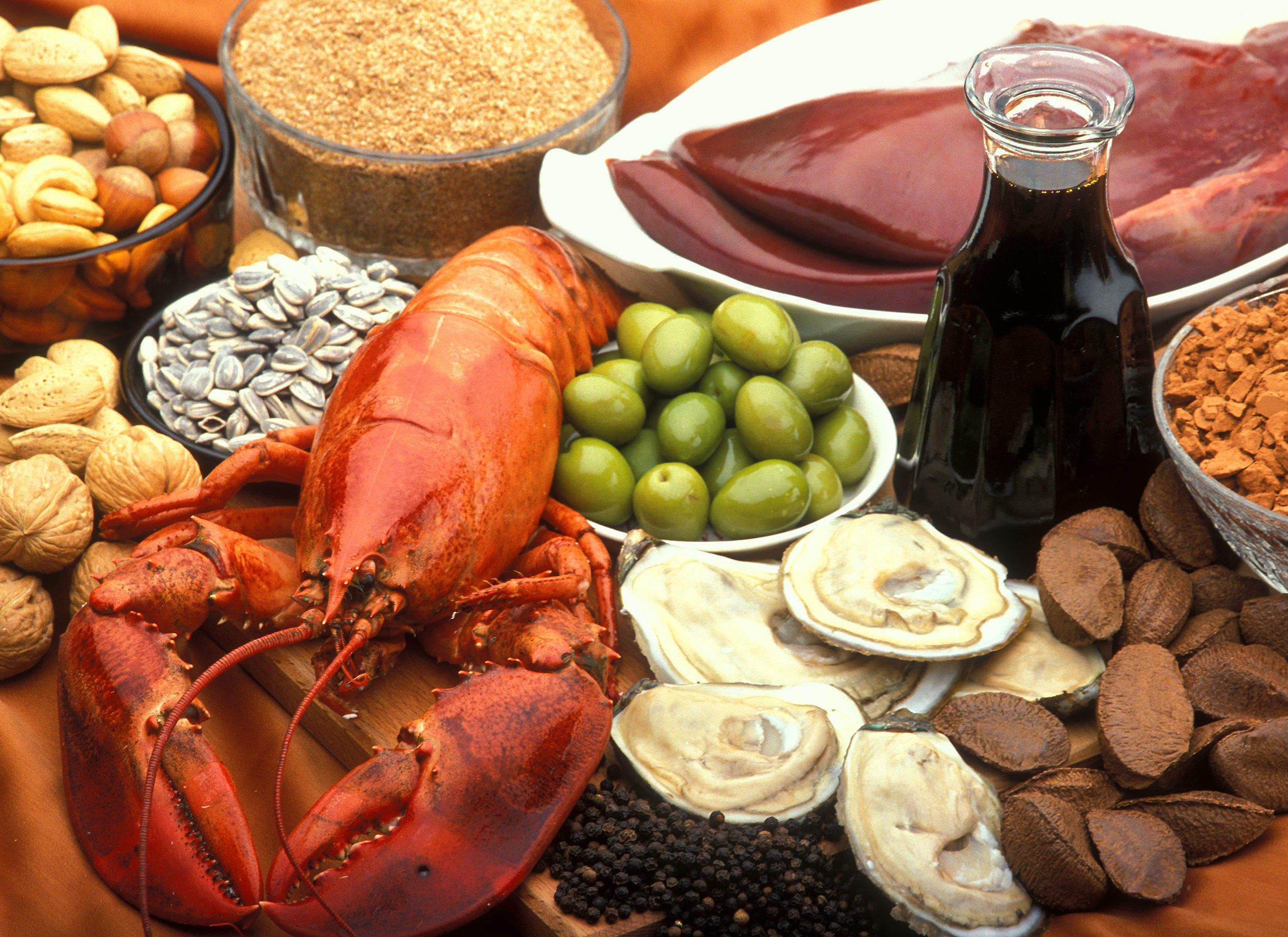

For nearly a century, scientists have acknowledged the importance of copper to human health. As early as 1928, rat studies demonstrated a link between copper deficiency and anaemia, indicating that the mineral is involved in the production of red blood cells. Later on, many further biological functions became apparent, not least its role in iron absorption, cholesterol metabolism and the synthesis of certain enzymes.
In other respects, however, copper’s behaviour has been poorly understood. It is only over the last few years that the tide has been turning, with a wave of new research discovering precisely how this trace metal impacts the body.
According to new findings published in Nature Chemical Biology in July, copper plays a critical part in the human metabolism, helping break down fat cells so they can be used for energy.
“Copper promotes fat burning by blocking a key enzyme, PDE3, that normally shuts off fat burning. So in a sense copper works like a brake on a brake, by releasing this turn-off switch and allowing fat burning to proceed unabated,” explains lead researcher Dr Chris Chang, a professor of chemistry at the University of California, Berkeley (UC Berkeley).
See Also:
Metal mice
Chang’s lab had been studying copper and other metals for some time. Specifically, they were interested in its role in neuroscience – why do we see such high concentrations of copper in the human brain and what part might it play in the neural signalling system?
How well do you really know your competitors?
Access the most comprehensive Company Profiles on the market, powered by GlobalData. Save hours of research. Gain competitive edge.

Thank you!
Your download email will arrive shortly
Not ready to buy yet? Download a free sample
We are confident about the unique quality of our Company Profiles. However, we want you to make the most beneficial decision for your business, so we offer a free sample that you can download by submitting the below form
By GlobalDataHaving developed a series of fluorescent probes for molecular imaging of copper in the brain, they were able to monitor its movement in the cells and explore what happens when this messaging system goes awry. They discovered that copper was essential for regulating communication between brain cells, acting as a break to stop signal transfer and preventing neuronal over-activity.
Building on this research, they sought to explore whether copper could be playing a similar role in other peripheral tissues.
“We were inspired by cattle literature that showed potential connections between copper levels in animal feed and fat content of the resulting meat,” says Chang. “We wanted to find out more about how that worked and the true effects of copper on fat.”
To explore this mechanism, they took mice with a genetic mutation known as Wilson’s disease, which leads to abnormal accumulation of copper in the liver, along with adiposity.
Previously, copper’s association with fat had been unclear – earlier studies had linked copper levels both to increased and decreased metabolism. This study, however, showed exactly which biological pathways were involved.
Somewhat counterintuitively, the team found an inverse relationship between the mice’s levels of copper and levels of fat. In the diseased mice, the copper build-up in their liver was accompanied by low lipid levels, whereas their excessive fat deposits contained unusually low quantities of copper.
The mice were treated with a drug called isoproterenol, which induces lipolysis. Compared to healthy controls, the diseased cohort was less able to break down fat into fatty acids – a process the researchers determined was regulated by copper.
“We studied fat cells in a culture dish, as well as fat cells in healthy and diseased mice, and discovered a new pathway showing that copper is essential for normal burning of fat in the body,” explains Chang. “In short, more copper leads to more fat burning, and less copper leads to less fat burning.”
Dietary overhaul
The implications could be far-reaching. If copper is indeed key to fat metabolism, then copper deficiency could in turn play a role in obesity, causing the body to hang on to fat without breaking it down for energy. As Chang explains, this could point to new directions for obesity treatments.
“We hope to use this knowledge to develop therapeutic approaches to obesity and obesity-related diseases that rely on bolstering the use of copper as an essential nutrient,” he says.
It bears mentioning that true copper deficiency is rare in the developed world. In North America, the Food and Nutrition Board of the Institute of Medicine recommends an average intake of 0.7mg per day for adults, a level that can be easily attained simply through eating a balanced diet. Foods such as seafood, whole grains, leafy green vegetables, nuts and beans are particularly rich sources of copper.
Mild deficiencies, however, may often go unrecognised. According to various nutritional surveys, as many as a quarter of Americans lack sufficient copper in their diet. We might surmise that increasing their copper consumption could lower their susceptibility to obesity.
“This work in mice may point to a natural way to burn fat in the body,” says Chang. “Copper, like other vitamins and minerals, is not made in the body itself but needs to be taken in through the diet, where it can be digested and put into the right place in the body in the right amount at the right time. The average American diet does not contain enough copper-rich foods.”
Balancing act
He does not, however, feel that copper supplements would be a good idea. Simply taking a pill does not ensure you get the dose, location and timing right, especially given that different forms of supplementation have different absorption rates.
“For example, calcium supplements and antacids both contain calcium, but the form of the calcium means one can be incorporated into bones and the other serves as a base to combat excess acid buildup. So it is ideal to get copper in natural forms from food,” he explains.
There is an additional problem too, in that too much copper can be just as dangerous as too little. It can lead to imbalances with other essential micronutrients, and can prove toxic in susceptible populations, causing oxidative damage to the body. What is more, while copper in food is first processed by the liver, keeping excess ‘free copper’ levels under control, this does not apply to copper in supplement form.
“Excess copper can cause inflammation, so you need the right balance,” continues Chang.
This being the case, the research is unlikely to pave the way for a new era of copper-based obesity drugs. It may well, however, deepen our understanding not just of obesity, but also of metabolic diseases such as diabetes and heart disease.
His team is also exploring other essential micronutrients like iron, asking whether they play complementary roles in copper-regulated metabolic processes.
“The biochemistry we have identified appears to be more widespread and can potentially occur in the pancreas, heart, and brain as well. Our work speaks to the importance of having the right amount of copper in the body,” he says.



Related Company Profiles
Health and Medicine Division
University of California